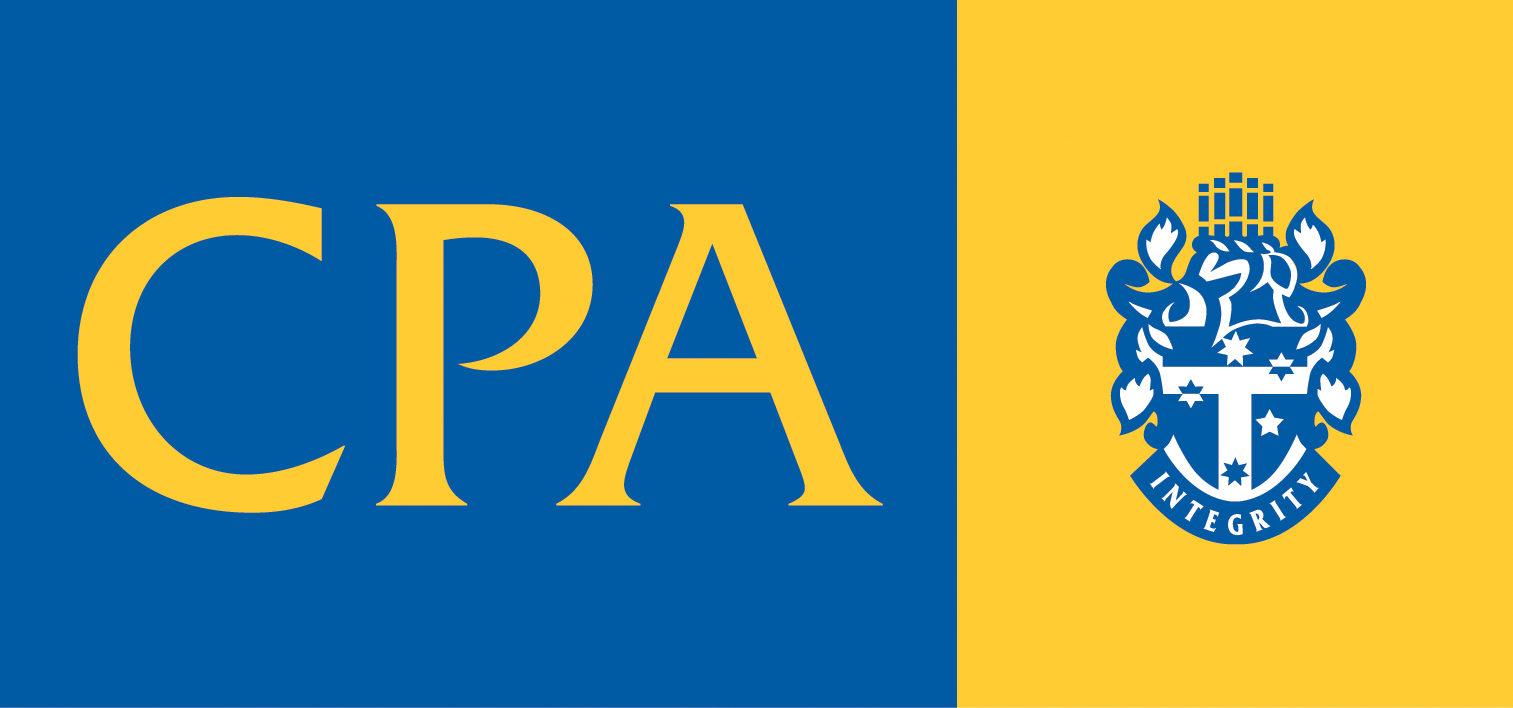The $11.1bn small business tax shortfall
Last month, the ATO released statistics showing small business is responsible for 12.5% ($11.1 billion) of the total estimated 'tax gap'.
These new figures give visibility to tax compliance issues within the small business sector and indicate where we can expect ATO resources to be focussed now and in the future.
The tax gap estimates the difference between the tax collected and the amount that would have been collected if everyone was fully compliant with the law.
Australia's small business community is doing comparatively well with international figures showing gaps in this same sector of between 9% and 30%.
ATO Deputy Commissioner Deborah Jenkins says that some small businesses are making mistakes with their tax, but these are often unintentional errors which are easily fixed.
To combat these errors, the ATO have ramped up their 'visits' to small businesses to monitor compliance, and educate business operators on compliance expectations with the goal of reducing the black economy (estimated to be 64% of the total small business tax gap). The ATO plans to visit almost 10,000 businesses this financial year.
If the ATO turn up at your business, they may spot check how you are recording your sales and the records for the past day or so. They may also check payroll records to ensure that staff are 'on the books' and superannuation entitlements are being met. If something does not look right in an initial assessment, it's likely the ATO will expand their enquiries to other elements of the business.
The ATO states that the three main drivers of the small business income tax gap are:
- Not declaring all income
- Failing to account for the private use of business assets or funds, and
- Not sufficiently understanding tax obligations.
The small business tax gap estimate is based on a sample of 1,398 randomly selected businesses for the 2015-16 income year (around 0.03% of the small business population). The ATO are looking to expand that sample to 2,000 businesses. However, one of the criticisms of the tax gap analysis has been the size of the sample group, particularly given that ATO resources are allocated on a return on investment basis.
Tips to make your business ATO proof:
- Tax reporting is up to date
- Systems are in place to manage your business, those systems are set up correctly, and you can explain how those system work
- Payroll records are up to date and accurate
- You can explain and provide evidence that your invoicing or receipts system works correctly and is well maintained.








